DUNU Titan S2 & Letshuoer S08: The Sequel & The Dark Planar
The DUNU Titan S2 is the sequel to what many people consider the sleeper-hit single DD of yesteryear, DUNU’s Titan S. On the other hand, Letshuoer’s S08 seems to be their latest—and potentially most unique—offering in their lineup of “S series” planar IEMs. How do they stack up against each other? Let's break it down.

The DUNU Titan S2 is the sequel to what many people consider the “sleeper” hit single DD of yesteryear, DUNU’s original Titan S. On the other hand, Letshuoer’s S08 seems to be Letshuoer’s latest—and potentially most unique—offering in their lineup of “S series” planar IEMs.
As two new offerings in lineups that already have a bit of a reputation in our space, I thought it prudent to group these similarly priced IEMs together and evaluate them against each other, because while they’re not exactly similar in terms of sound, I think they offer similar overall packages for people shopping in this price range.
I don’t necessarily think they would be my first pick at this price range for sound quality, but that doesn’t mean that are without their benefits over other offerings in this range. Some people will probably like these quite a bit for the things they do well.So without further ado, let’s get into the analysis—starting with build, design, and comfort.
What we like
- Both IEMs come with incredible stock cables
- Both IEMs are reasonably ergonomic
- At least one of these IEMs is likely to appeal visually to a given consumer
What we don’t like
- Neither tuning particularly appeals to me
- The price-to-sound quality ratio is better at cheaper prices

Build, Design and Comfort
The Titan S2 reminds me of the “mech-inspired” aesthetic of IEMs like the Tin C2 Mech Warrior or the Acoustune IEMs. It appeals to the former Beyblade fan in me; intricate, angular, colorful designs can make me excited to use something, and gives a little bit more panache to the presentation here than many less-risky IEMs I see these days. That said, I’m more of a fan of the idea of the look here than the actual result, which is a little too “toy-like” for my current taste.
By contrast, the S08 is much more muted in color and geometry, with a rounded rectangular shape that reminds me of the Softears single DD IEMs like the Twilight and the Turii. Instead of being incredibly distinct, this design feels more like it is intentionally trying to be low-key, and I like that approach too. I‘d probably end up going for this sort of approach if I were basing a purchase decision on aesthetics only, since it’s a little more versatile and less ostentatious.
In terms of build, both are machined out of pretty sturdy feeling metals and are on the heavier side as far as shells are concerned. I don’t see either having any issues with longevity down the line, unless they fall victim to the all-too-common issue of moisture build up causing problems with channel imbalance as time goes on.
In terms of comfort, I think the S08 works better for my ear, as the contour on the “pinna” side of the outer shell is actually quite well-suited to the nooks and crannies of my particular outer ear. This is of course very personal, and some may very well find the Titan S2 to be the better option here, as it’s still a fairly small and ergonomic IEM.
Now for what is undoubtedly the best part of either of these IEMs: the included cables.
Both IEMs come with modular 2-pin cables, with 3.5mm and 4.4mm terminations included in the box. This is a really nice touch, especially at this price! If an included cable is good enough, people will use it for other IEMs, and the flexibility of swappable terminations just makes this potential for versatility even better.
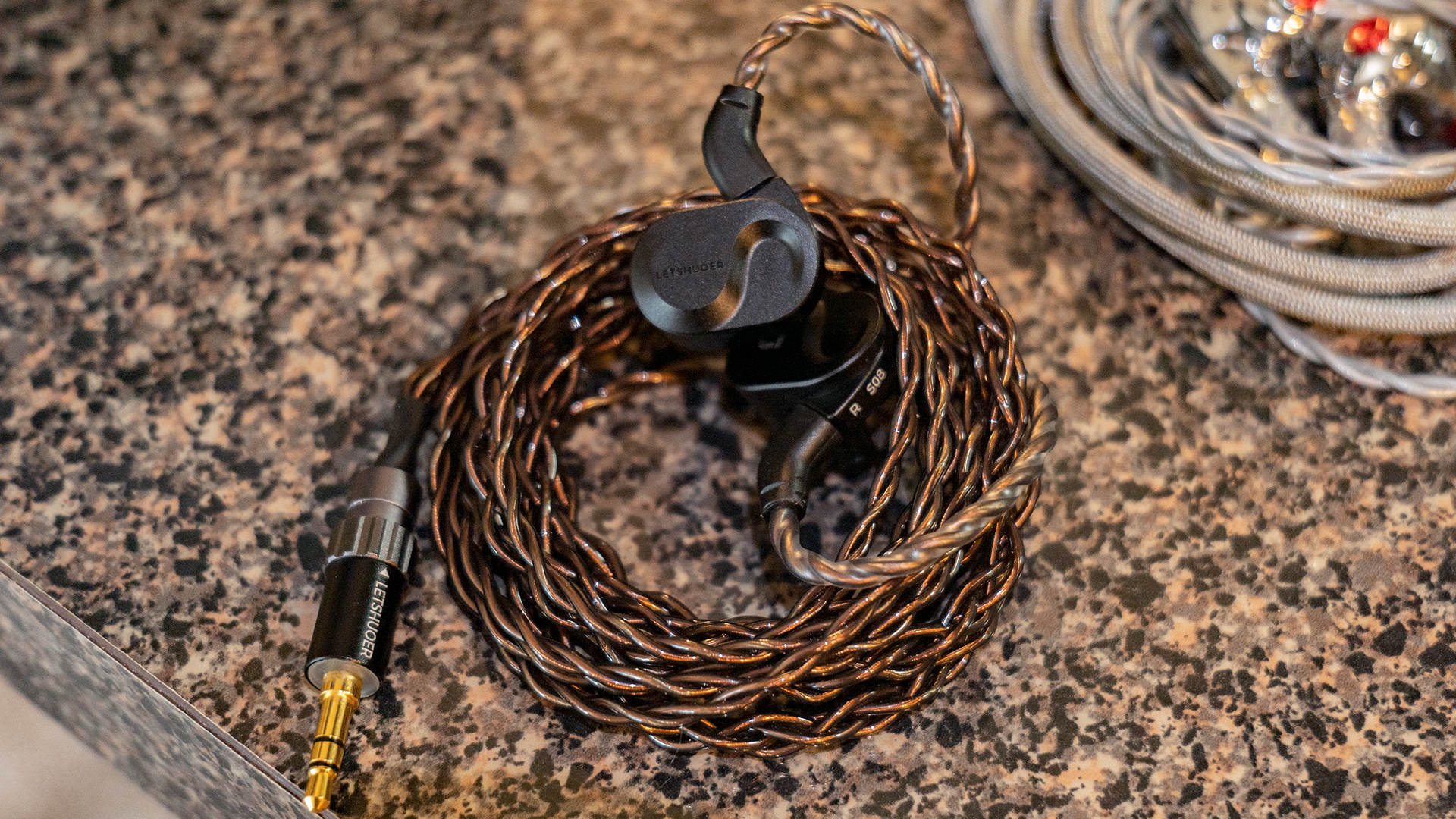
The S08’s cable is fully-braided, while Titan S2’s cable is half cloth-wrapped and half braided. Both are a very nice blend of compliance and stability, with neither being a clear winner in how comfortable they are to use. The S08 cable loses out a bit on its potential handfeel due to feeling slightly sticky or “tacky” due to the rubber sheathing used for wrapping the wire, but it’s not really an issue in use. In terms of sound issues I get a bit less isolation from errant touches and bumps due to microphonics, but nothing terribly distracting.
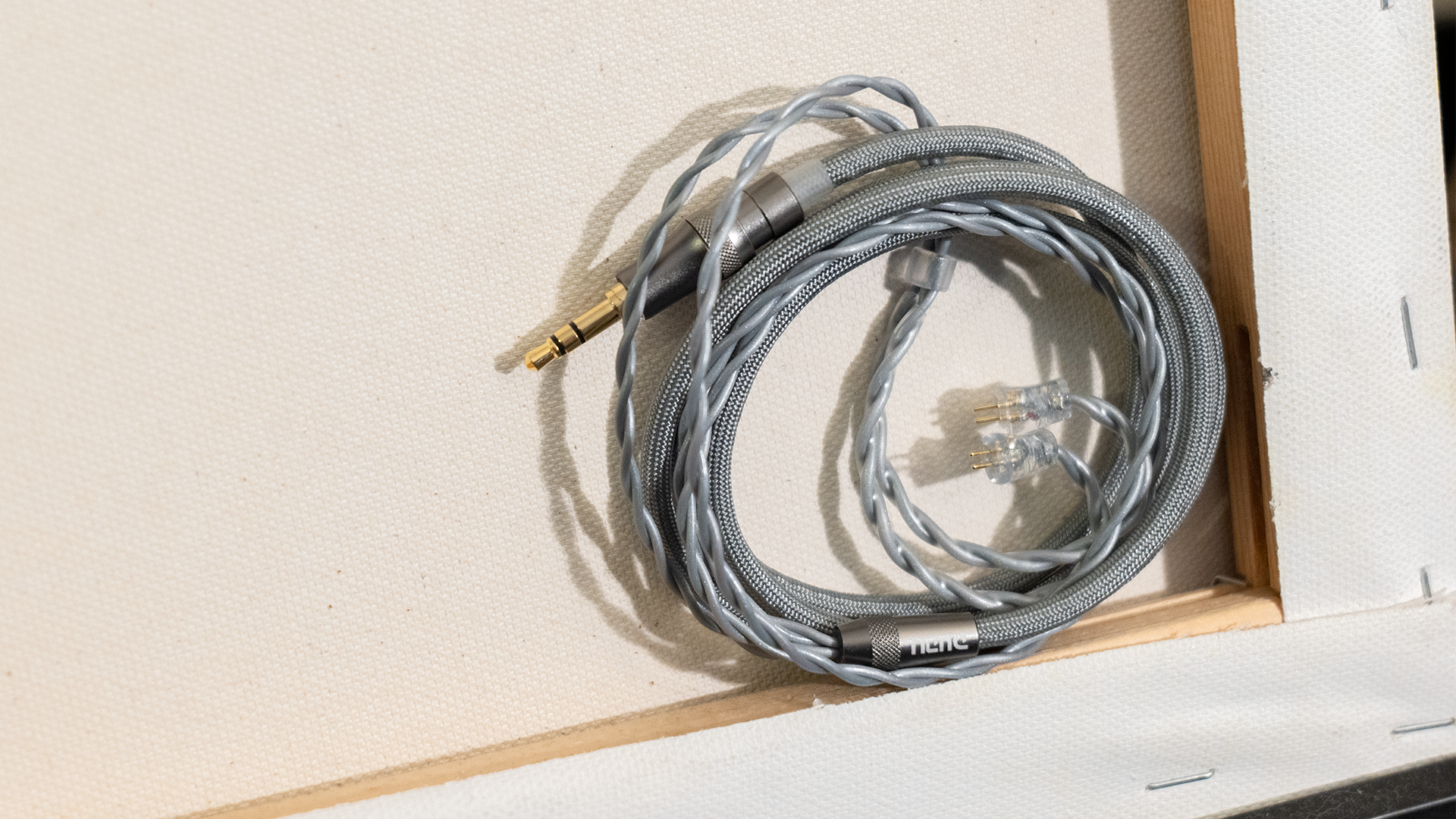
The Titan S2’s cable is unreasonably good for the price, and I like it more than any other DUNU cable I’ve used up to this point. This, as well as the plethora of included tips, would alone justify the price of Titan S2 if the IEM-side connectors weren’t a bit weird, with a strangely conical and wide lip right before the 2-pin connection juts out of the connector.
The fabric wrapped part of this cable feels like a more substantial shoelace-type material (in a good way) and settles nicely along my torso with little if any interruptions or noises from microphonics. I will 100% be using this cable on other IEMs going forward, and I think if someone wants to try a single dynamic driver with this sort of tone under $100, the cable alone makes Titan S2 the obvious choice.
Frequency Response and Tonality
Neither of these IEMs are particularly groundbreaking, so I’ve elected to group them and review their tonality together.
Bass
The bass on both of these is pretty unfortunate, but for different reasons.
The Titan S2 rolls off noticeably in the sub-bass, while the rest of the bass between 120-240 Hz is noticeably overemphasized. This makes bass instruments—synthesized or plucked—sound a little fluffed and hollow compared to the rest of Titan S2’s tonality, where it generally leans bright. To that end, in rock music especially I find the sense of note weight very lacking with this IEM.
Instead of sounding kinetically-charged and heavy, kick drums sound soft and tiny, providing very little sense of gravity for the rest of the mix to orbit and pulse around. In general, if one wants an IEM with either large amounts or high quality bass, Titan S2 doesn’t really deliver either of these things.
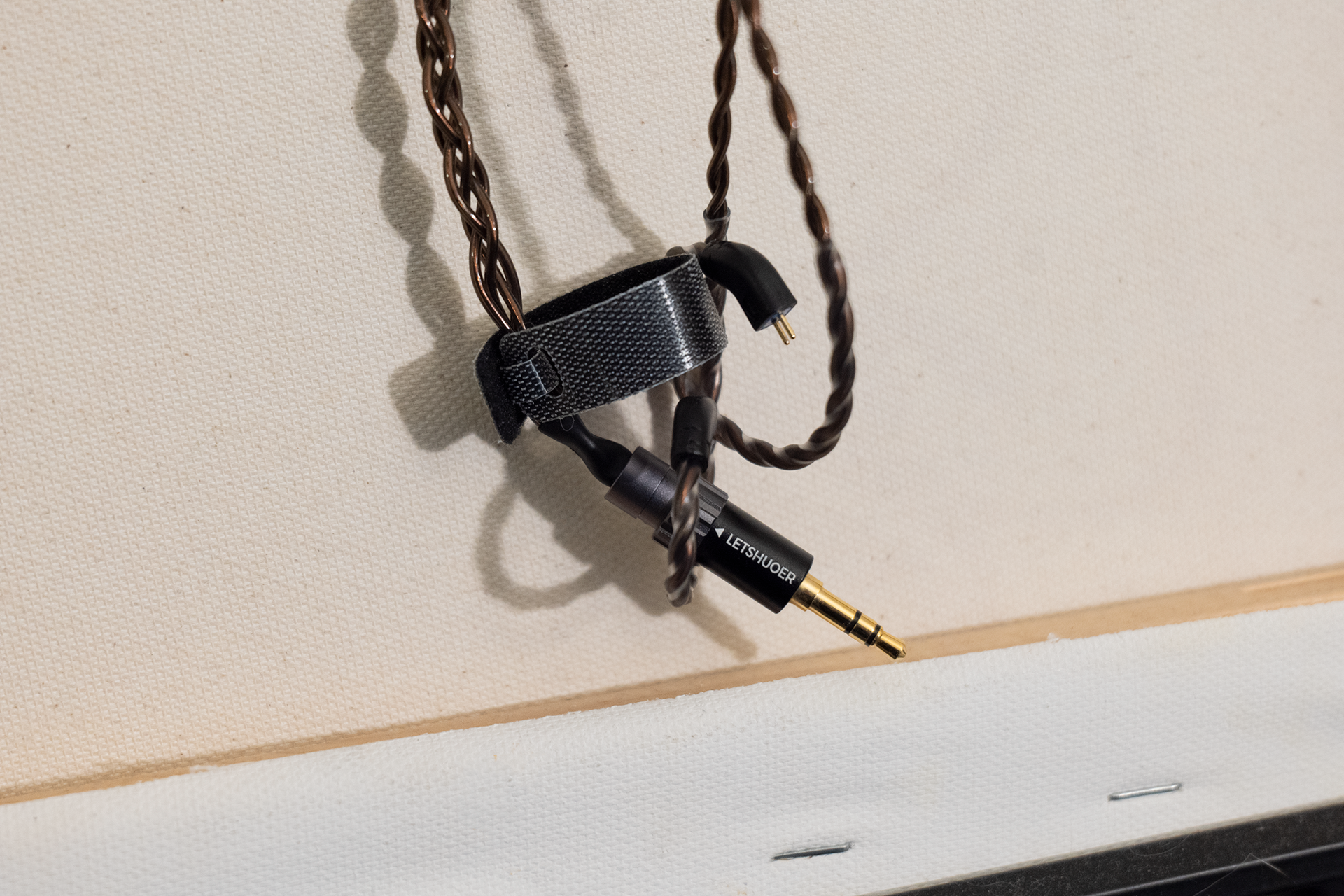
S08 is a bit similar here as it has the same kind of rise shape and location, but with more sub-bass elevation and a different midrange (which we’ll get to). As such the bass has a smidge more weight and decay to it, but not necessarily for the better. Titan S2 was basically teetering on the edge of being slow and small here, but the sub-bass rolloff & rest of the tone helped it from stepping over that line.
The S08 walks over this line a bit, and veers into the territory of being a bit overwarmed and soft, but its forward center-midrange stops it from being egregiously mushy… while also making it sound a bit small. Kick drums have noticeably more impact and agility, but significantly less size such that they sound boxy or tuned higher.
Even though the bass curves here are mostly similar, much of what people tend to attribute to bass is actually a result of tuning choices in the midrange, so let’s talk about it.
Midrange
Titan S2 doesn’t really do anything terribly wrong in the midrange, but it also doesn’t do quite enough to counterbalance the bad stuff in the other areas of the frequency response. It has a reasonable—if slightly thin—lower midrange tune that emphasizes snare drum and male vocal fundamentals, while thinning the fundamentals of female voices and higher tuned horns and woodwinds.
This thinness isn’t necessarily a death sentence in isolation, especially because the rest of the upper midrange structure is fairly reasonable, with a slight emphasis between 1-2 kHz but an overall very “HRTF-y” shape that I think most people will find pretty normal sounding. Because of this, electric guitars in particular sound very close to how I prefer them, having a solid balance between warmth from fundamentals and intelligibility from the upper midrange overtones that handle pick attack and, for distorted guitars, grit.

The S08 by comparison is a much weirder sounding midrange to me. While the lower midrange is similar in that it highlights fundamental tones of many instruments, it has an unorthodox 1.6 kHz lump that colors almost everything I listened to. The coloration of “smallness” on kick drums I mentioned earlier is absolutely due to this elevation, but snare drums, guitars, pianos, voices, and especially horns all suffer from this coloration making them sound pinched and nasal.
A potential upside for this coloration is that many instruments having overtones here means a lot of elements of the music may sound more “textured” or “intense” than on other IEMs… but this is still a coloration, so be advised that the texture and intensity comes at the expense of things sounding normal.
Treble
As is common, the treble is where both of these underperform pretty badly for my taste. However, they both take different approaches that are worth touching on.
The Titan S2 is more like a traditional single DD IEM, where it has too much lower treble between 3-8 kHz (similar to Harman’s IEM target) and a rather piercing peak above 10 kHz. I don’t think there’s really anything unique going on here, so I’ll leave it at this: if you don’t like Harman’s IE target, don’t bother with Titan S2. If you do like Harman’s IE target, feel free to give it a shot, you might like it.
S08 takes a much more interesting/novel approach to its treble tuning. I’ll say right now that I don’t find it appealing, but not for the usual reason I tend to dislike planars. In this case, S08 is actually too dark for my taste.
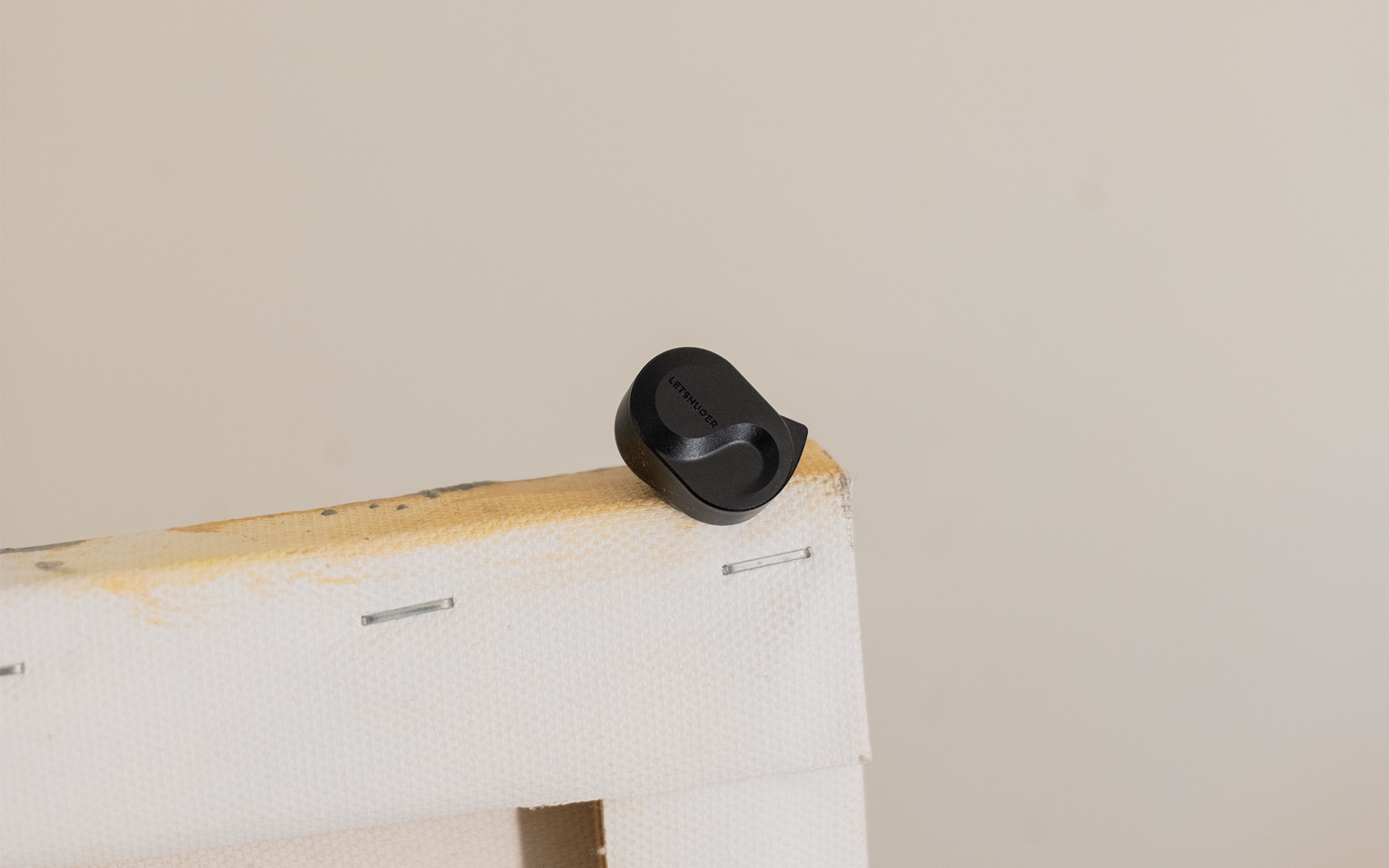
Specifically, the treble around 10 kHz has a little bit of the extra zing you tend to get from planar IEMs, but actually there’s much less overall air than I’ve gotten from prior IEMs I’ve tested with planar treble like the Moondrop DUSK or the Salnotes Dioko. While yes, it’s still a bit much for me in this one spot, I actually think most people will find this level of upper treble to be on the “listenable” side, and find the treble overall to not be bright.
However, the S08 also has a recession in the upper midrange/lower treble around 4 kHz. This recessed treble energy, compounded with S08’s excess of bass and 1.6 kHz, means it unfortunately sounds pretty congested, or even muffled.
Vocals have intelligibility and blurriness issues, while things like snare drums seem to be lacking in their speed and immediacy of attack. I’d say it’s one of the more “relaxed” overall treble tunings you’ll find in a planar IEM, which is a welcome change of pace. However, it unfortunately still sounded meaningfully weird on most of the stuff I listened to, just a different kind of weird than most planar IEMs.
Which Has Better Tuning?
Honestly, I really don’t enjoy either of these much. The S08 is probably the one with the better integration overall, though. This is because, while both IEMs have too much bass and treble for me, S08 also has too much midrange, so it’s equally imbalanced everywhere. Titan S2 actually has a fairly decent midrange tuning, but sounds incoherent due to the other regions not being tuned well to match it, so it comes across as the worse tuning overall even if it actually has a better midrange.
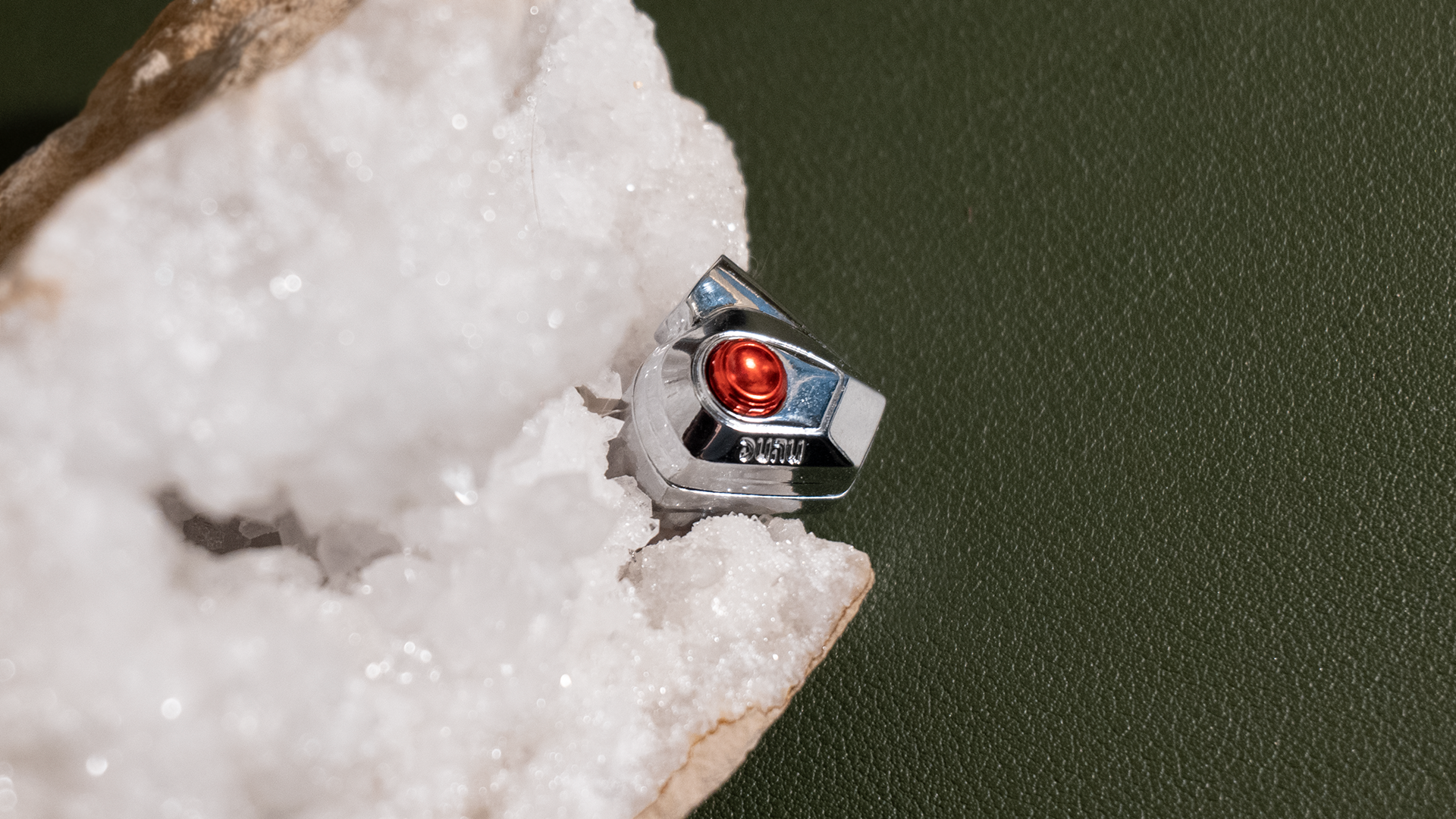
Subjective Impressions
Titan S2 doesn’t really have a ton going on regarding subjective qualities, but that doesn’t mean it’s completely featureless. “Dynamics” are middling at best, with most things sounding soft and swings in volume sounding compressed and lacking contrast. “Spaciousness” is on the tight and claustrophobic side, with a fair amount of side-panned elements actually creeping towards the center of my perception.
However, the sense of “detail” or “texture” of Titan S2 is actually pretty exciting. I can’t tell if its just the treble—hell it might even be that the bombastic silver and red shell design biasing my perception here—but the Titan S2’s presentation is pretty darn vivacious, having a sense of heightened saturation that makes most things sound more colorful and interesting than S08.
To that end, I think people will be surprised with how muted and lacking in “detail” that S08 is, given the fact that the narrative around planar IEMs is usually that they have more of this quality. It’s definitely the opposite kind of presentation from Titan S2 in this regard; instead of sounding exciting, it kind of sounds sleepy.
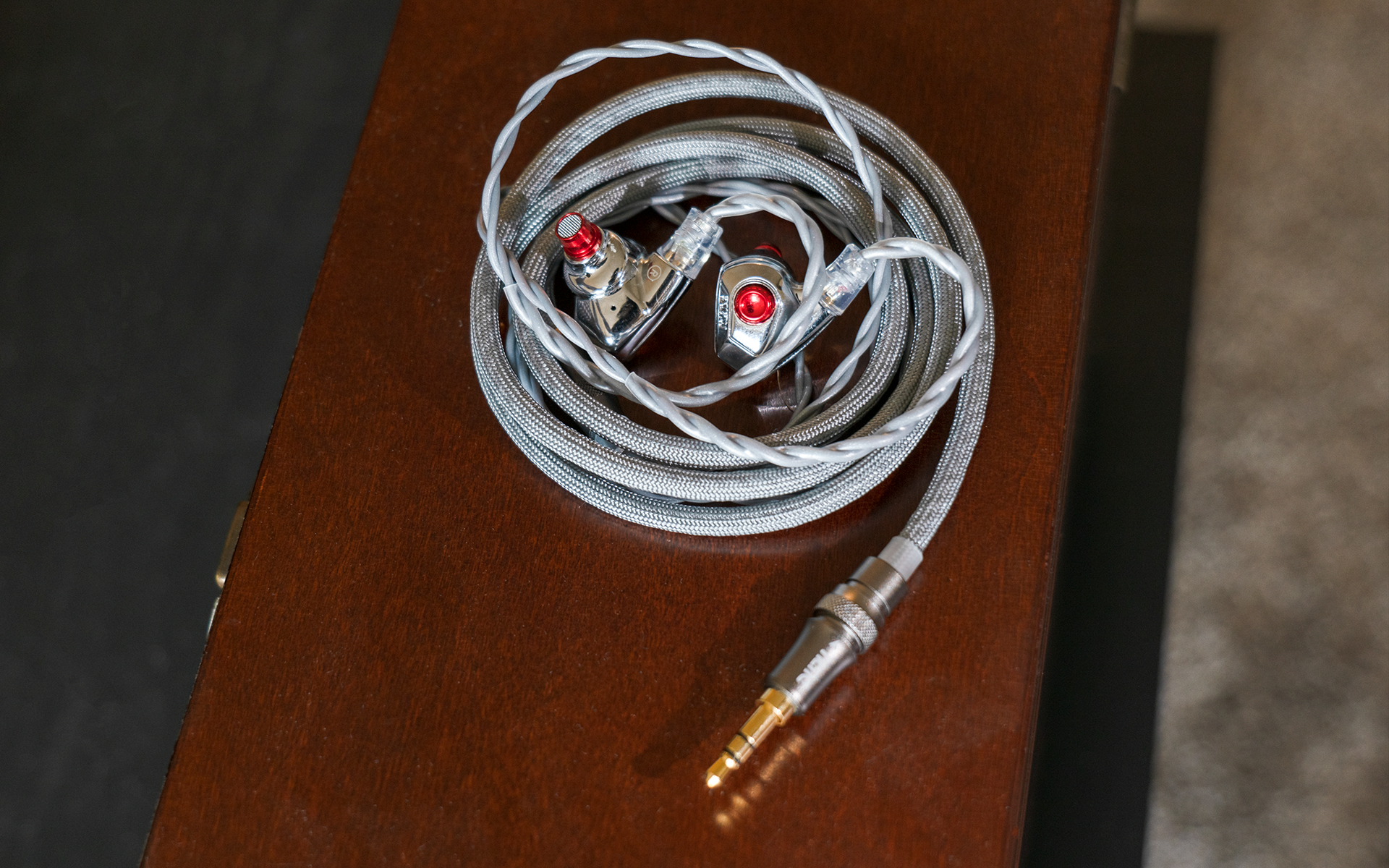
Dynamically, I think S08 is a bit of a double-edged sword. I don’t get the sense of contrast between elements of the music that I generally enjoy, but I will say that the sense of attack for drums is pretty darn good—likely due to the rather forward 1.6 kHz elevation heightening the sense of transient thickness and snap.
In terms of “spaciousness,” I find the S08 to also be just a bit better than Titan S2, probably because the treble isn’t as forward, which means the level differences between channels are easier to parse consistently, leading to more precise imaging. However, the images do seem a bit smaller on S08 overall such that it’s kind of the opposite of the “grand” presentation a lot of people like.
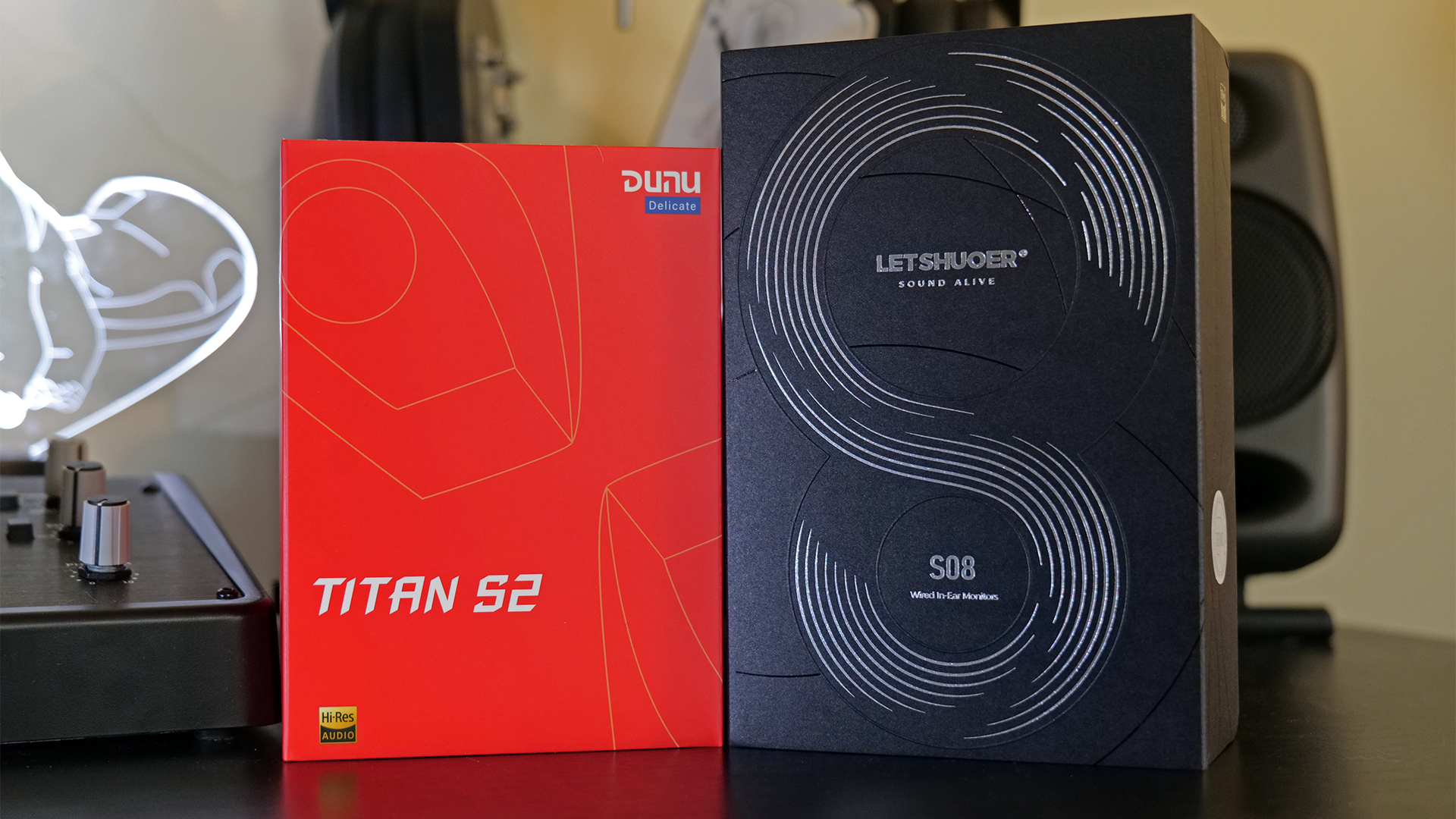
Conclusion
I wouldn’t say either of these IEMs is particularly exceptional as a well-rounded offering, but each has one or two unique things that might make them worth checking out: S08 has its fairly snappy and surprisingly hard-hitting transients, and Titan S2 has its overall colorful and bright presentation that will likely excite a fair few listeners. And of course, both have their excellent included cables.
I think the Titan S2 could’ve sounded better if they’d used a bit more front damping; the midrange is actually fairly solid but both the bass and midrange are clearly secondary to the rather bright and intense treble presentation. Conversely, I think S08’s treble is both unique and palatable as-is, but the forward bass overshadows it a bit and makes the overall signature on the muted side. Additionally, the midrange sorely needs work to sound natural.
If people really like the aesthetic of either IEM or really want to try the cables that come with them, the cables are indeed very nice and the shell ergonomics/designs are likely to appeal to a few distinct types of consumer. The sound profiles aren’t unreasonable, but they’re not quite enough to get me excited about recommending them. Plenty of people will like these, I just don’t think I’m one of them.
I was pleasantly surprised by the accessories, and the S08 in particular is kind of novel in that it’s not nearly as bright as other planar IEMs I’ve heard. That said, I’d probably still advise most audiophiles to wait for better IEMs to come around before upgrading to these from an “ultra-cheap” IEM like the aforementioned GATe, or just go for something like the Truthear Hexa which I’d consider a better overall tuning than either.
If you have any questions or want to chat about this article, feel free to ping me in our Discord channel or start a discussion below on our forum, both places being where you can find me and a bunch of other headphone and IEM enthusiasts hanging out and talking about stuff like this. Thanks so much for reading. Until next time!
